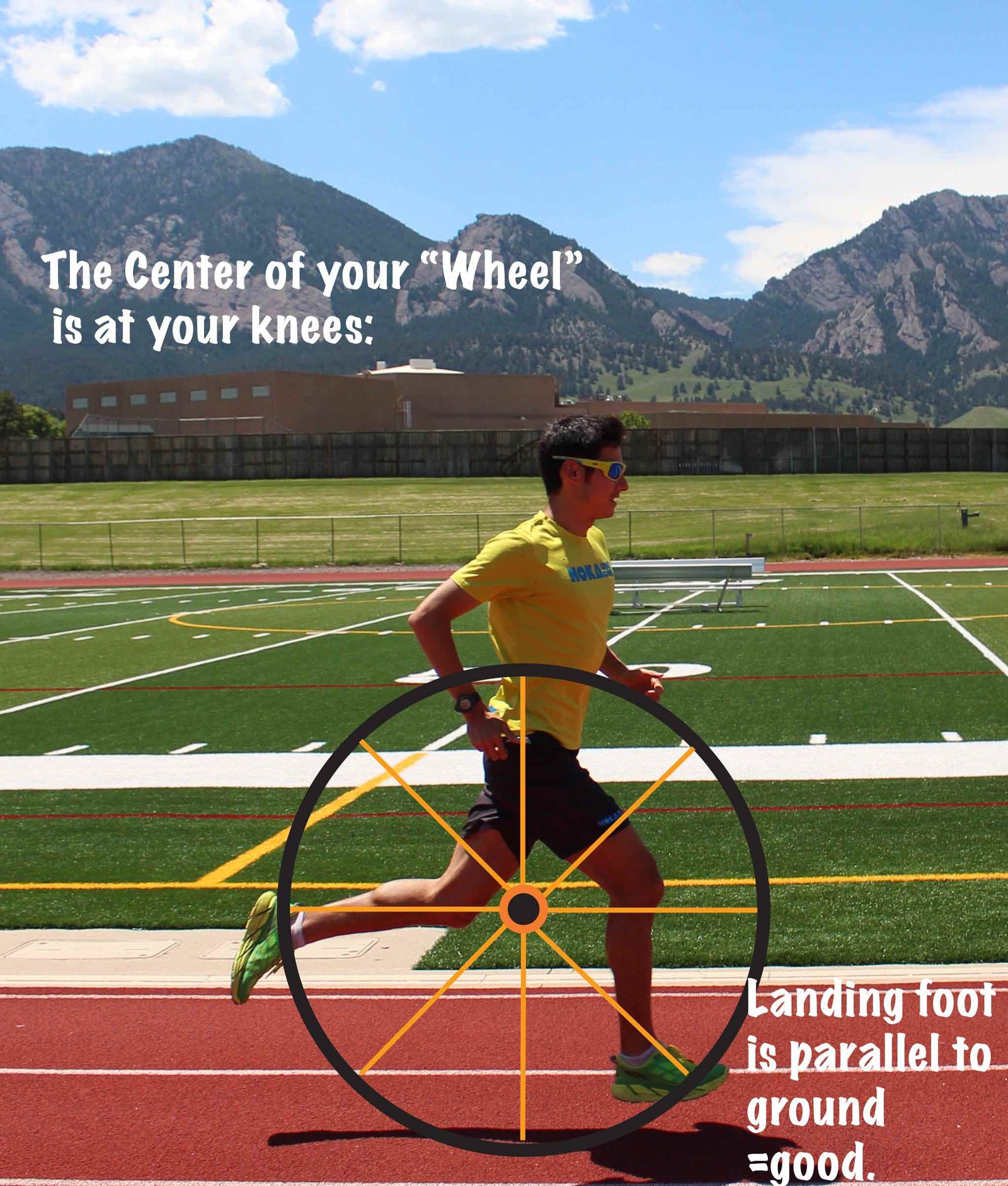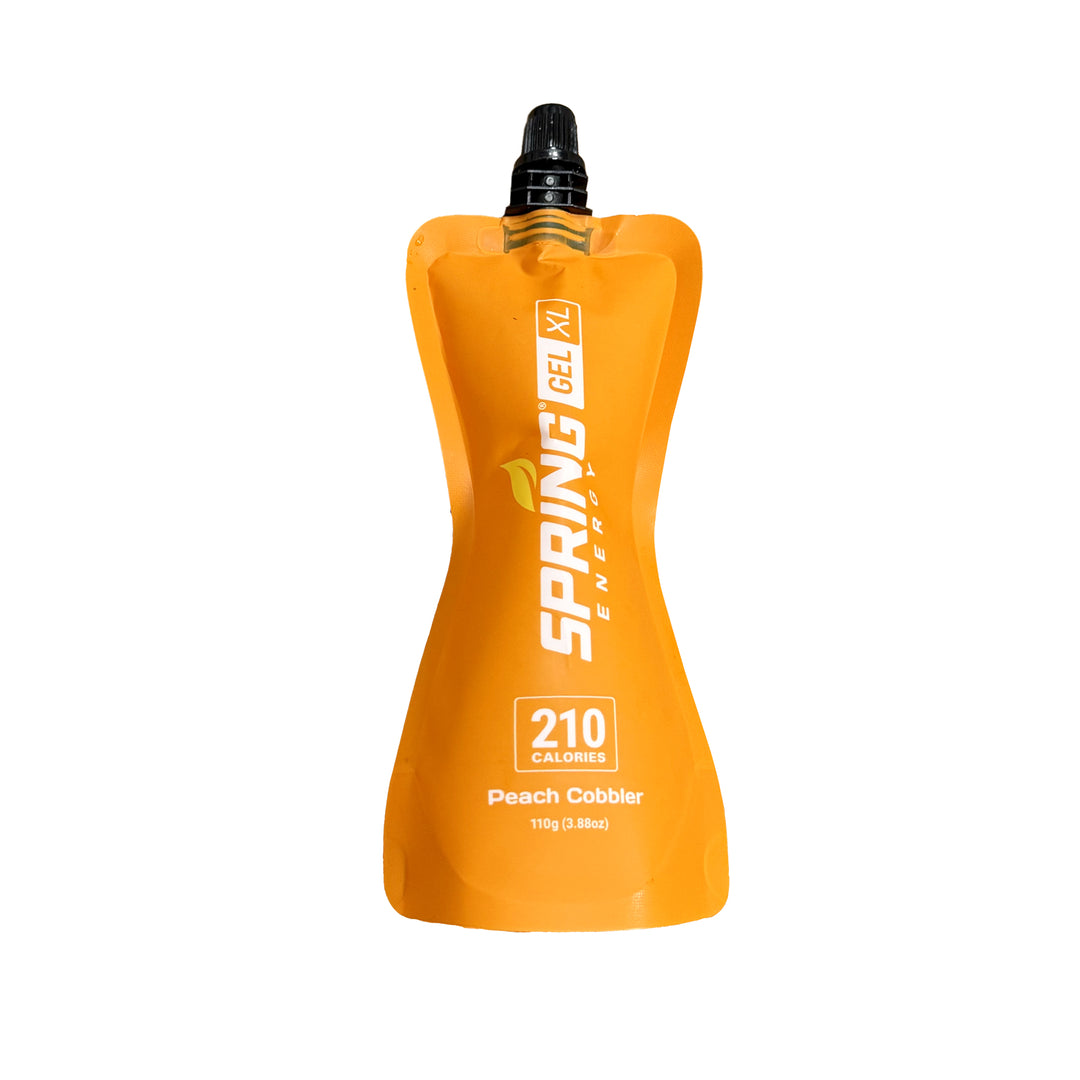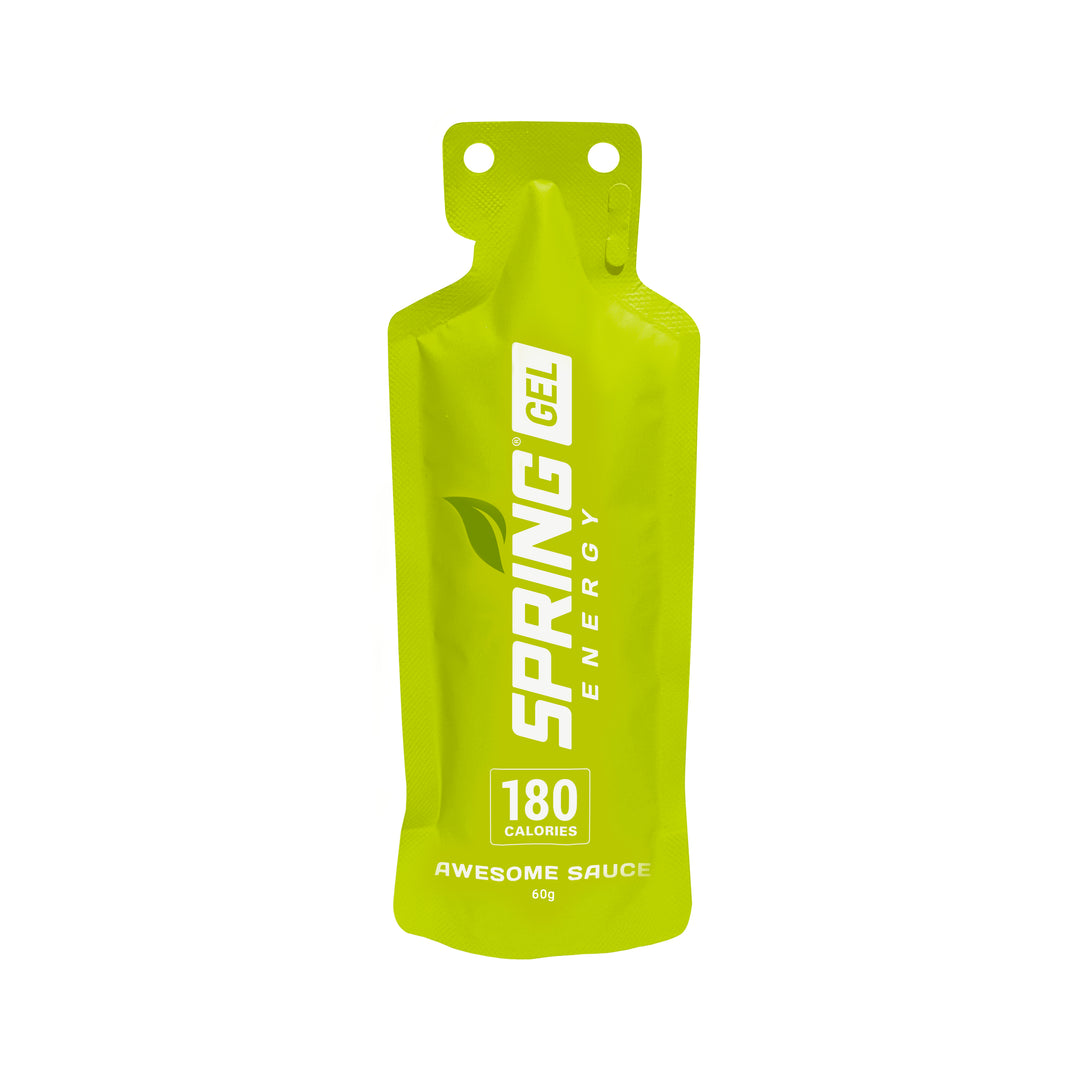Running Form Series with Sage Canaday. Part I

This post is about acquiring your best running form ever. The “Sage Running Form” I use is accomplished with these goals in mind:
- To reduce your risk of injury
- To help you run faster, further and more efficiently
- To ultimately enjoy the sport of running more.

Debunking the Myths: “A Toe-Landing”.
People have come to dread the heel-strike. It has become a perpetrator of fear in terms of increasing injury, running “slow” and has basically become synonymous with the epitome of bad form. But I think the heel-strike isn’t the key problem. The issue is not in the heel strike! The issue is with overstriding, having too slow of a stride rate, and landing in front of your center of gravity. It’s not the fact that you are hitting the ground with your heel, which of course is not a natural thing to do or something you would do barefoot. The fact that your foot is angled upwards and your leg is fully extended out in front of your body is the main problem issue as shown in [Fig. 1-2].

[Fig. 1-2: A nasty over stride leading into a heel-strike]
Jarring reactionary forces jump up your arches, ankles, shins, knees, hips and lower back as you jam your joints and “brake” forward momentum when running in this manner. We’ve come to over think and fear the heel strike so much though, that a lot of people have resorted to overcompensating and running on their toes instead!

You don’t want to ever force a foot strike, especially a toe strike. Unless you’re in an all-out sprint to escape from a Saber Tooth tiger, you should not be running on your toes!
Companies have capitalized on this idea. Some shoe brands are designed to force a forefoot strike; low drop shoes (by default of the inclined plane) reduce the amount of heel-toe differential in the thickness of the midsole so that you are more likely to land closer to your toes than your heel.
But the real, sustainable change is going to have to come from YOU! The power and efficiency must come from within, and by “within” I mean the mind-body connection at the neuromuscular level.
Physics Extrapolated: (Just for credibility, I swear I passed Cornell University Engineering Physics: Part I Mechanics)
Running is actually a little more than just “controlled falling.” For Sage Running Form™ we want to be relaxed and “flow,” but some deliberate measures often have to be exercised for the sake of optimal efficiency.
While other running form methods mention flexibility and mobility, we will also emphasize how your actual strength (from muscle tension) is needed. So the equation to fast, efficient running= Flexibility + Strength.
If you think of your legs like noodles, you obviously don’t want them to be super stiff (uncooked pasta) and susceptible to breaking (injury). On the other hand, you don’t want them to be overcooked and too soft (weak on strength but high on flexibility). Instead, you want them to be “al dente,”firm yet, a bit flexible. Strong legs and a strong core (abs, lower back, glute and hip muscles) are keys to transferring your energy and propelling your body across the ground quickly and efficiently.
Our intention is not to scare you off here (so this is only a short mention), but let’s talk about Newton’s 3rd Law of Physics:
For every action, there is an equal and opposite reaction.
Unlike other methods that seem to falsely imply that no “back kick” or “push off” is needed, we’re going to actually emphasize the motion that your legs make behind your center of gravity from when your foot leaves the ground.
Force applied from your foot on the ground needs to be both downward and backward in order to propel your body upward and forward. This is Newton’s 3rdlaw.

Since you are running, your body is already moving forward and shifting your center of gravity over and in front of your foot while it is doing this. The forces required to propel your body forward are already being aided by your forward momentum (that is your body mass as a multiple of your velocity), which, along with your leg push-off will keep you moving straight ahead.
To overcome gravity and propel yourself back up in the air (as your leg leaves the ground), there needs to be some vector of force on the push-off propelling your body mass upwards. This results in vertical oscillation. However, too much vertical oscillation (i.e. a super springy stride with high upwards movement) is very inefficient in the long run.
But enough science and physics talk. What’s more important is the mindset of how you actually think and execute your movement patterns in running form (and actually apply these physics in real life execution).
Visualize this concept: Your legs are like a giant wheel running under your torso and rolling over the ground (Fig1.3) .

[Fig. 1-3: Legs acting like a wheel and “rolling” you across the ground]
You are semi-conscious of your leg push-off and kick back, but it is an “effortless effort”because you are already rolling/flowing forward with momentum and your legs simply need to be lifted off the ground as they shift behind your center of mass. Your front shin “folds up” from being perpendicular to the ground to being about parallel with the ground as you “glide” between legs that quickly “lift” off the ground. Run softly, like the ground is covered in eggshells that you don’t want to break.







Leave a comment